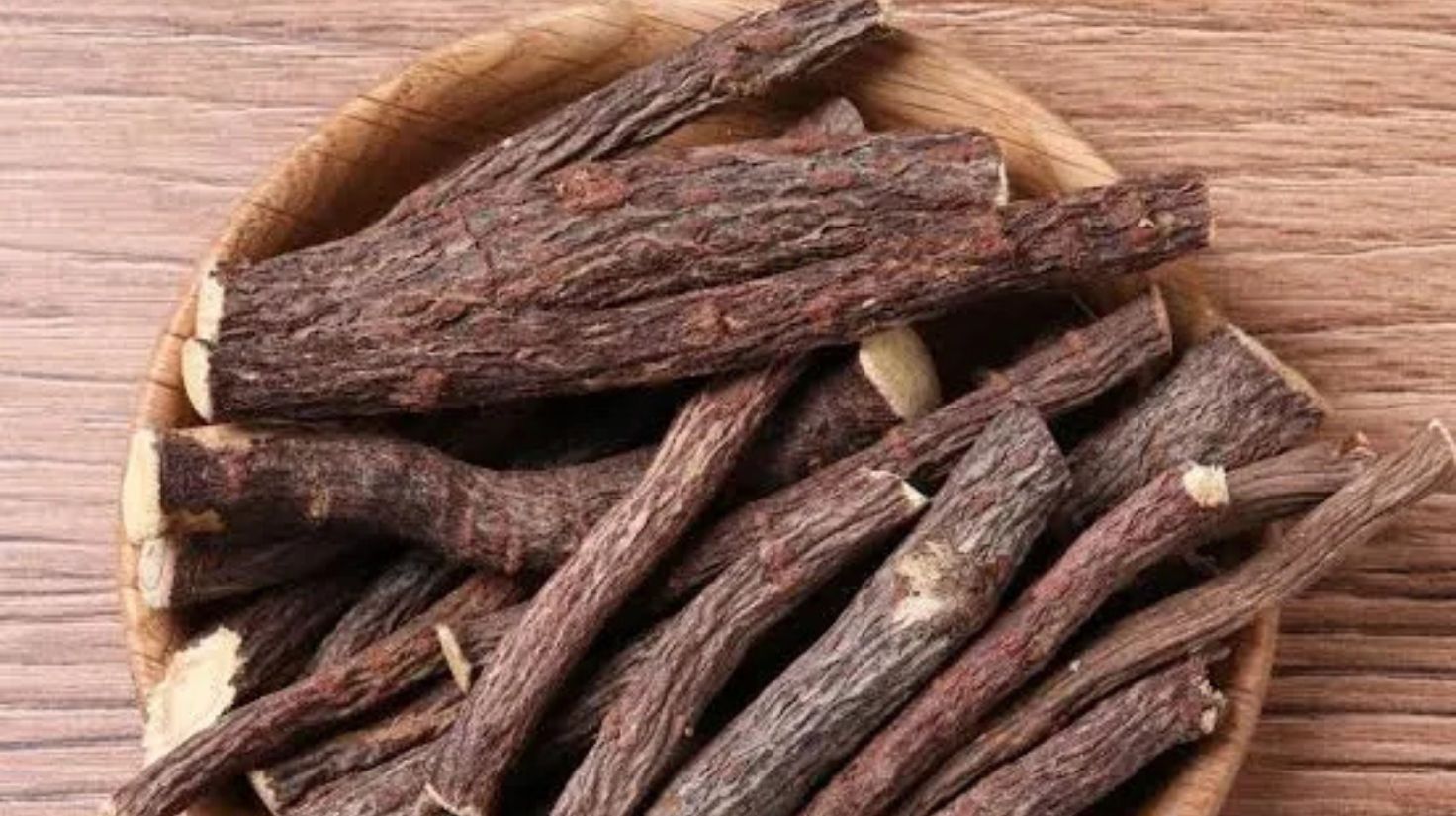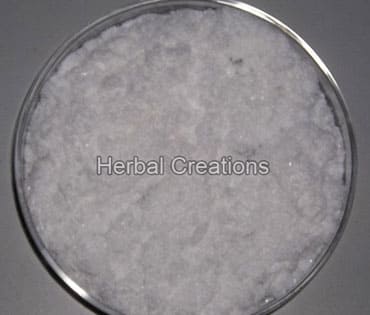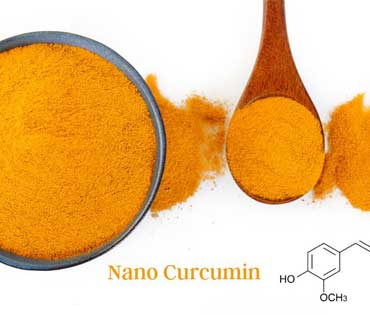Introduction: A Sweet Memory with Gentle Support
The aroma of freshly brewed herbal tea often evokes comforting memories. For me, it recalls my grandmother’s kitchen — a place filled with warmth, care, and natural remedies. One of her specialties was a golden tea made from licorice root.
As a child, I didn’t fully understand why it felt so soothing. All I knew was that it seemed to calm my tummy and ease a sore throat. Years later, as I explored Ayurveda and herbal wellness, I rediscovered this sweet, earthy root in its concentrated form: Licorice Root Extract.
Let’s explore Licorice Root Extract and how it may support gut and skin health, gently and holistically.
What Is Licorice Root Extract?
Licorice, or Glycyrrhiza glabra, is native to much of Asia and Europe. Known as Yashtimadhu in Ayurveda (sweet root), it has been traditionally used as:
- A digestive soother
- A skin tonic
- A respiratory supporter
- A stress-regulating adaptogen
When concentrated into licorice root extract, its potential benefits may be enhanced — particularly for gastrointestinal support, skin care, and stress adaptation.
The Gut-Skin Connection
Digestive issues or stress can sometimes appear on the skin as acne, dullness, or sensitivity. This is linked to the gut-skin axis — a growing area of research highlighting the connection between gut health and skin condition.
When the gut is inflamed or imbalanced:
- Nutrient absorption may decrease
- Toxins can circulate in the bloodstream
- Inflammation levels may rise
Licorice root extract may help support balance in the digestive system, which could in turn promote healthier skin.
Potential Benefits for Gastrointestinal Well-being
Soothes Gut Inflammation
Licorice has a demulcent action, which may help coat the mucous membranes of the digestive tract, potentially reducing discomfort from bloating, cramping, or mild acid irritation. It may support individuals with:
- Acid reflux
- IBS
- Gastritis
- Leaky gut
Supports Healthy Digestion
Licorice root may stimulate protective mucus formation in the stomach lining, which can be beneficial for those taking NSAIDs or experiencing digestive stress. (Learn more about NSAIDs)
May Aid Gut Microbiome Balance
Preliminary research suggests licorice could help inhibit certain pathogenic bacteria (like H. pylori) while supporting beneficial gut bacteria, potentially aiding microbiome balance and nutrient absorption.
Potential Skin Benefits
Smooths and Brightens Skin Tone
Glabridin, a compound in licorice, is believed to help reduce the appearance of:
- Hyperpigmentation
- Dark spots
- Sun damage
Calms Redness and Sensitivity
Licorice’s anti-inflammatory properties may help soothe acne, rosacea, eczema, and psoriasis, promoting a calmer, clearer complexion.
Supports Hydration and Glow
Licorice may help retain skin moisture, contributing to smoother, more radiant skin, particularly during periods of stress or internal inflammation.
Other Holistic Benefits
Stress Relief and Adrenal Support
As a natural adaptogen, licorice may help the body respond to stress, potentially supporting adrenal function and cortisol regulation. This could be useful for those experiencing fatigue, burnout, or mid-day energy dips.
Liver Detox and Hormonal Balance
Traditionally used in Ayurveda, licorice may support liver function, aiding metabolism of toxins, hormones, and medications, which could indirectly benefit digestion, skin, and hormonal cycles.
Respiratory Comfort
Licorice may help soothe dry or irritated respiratory passages, offering mild relief for dry coughs, hoarseness, or recovery from mild viral irritations.
How to Use Licorice Root Extract
Forms:
- Liquid tincture – 1–3 mL once or twice daily
- Capsules/tablets – 200–400 mg standardized extract per day
- Powder – ½–1 teaspoon mixed with hot water or herbal tea
Timing:
- Post-meal – Supports digestion
- Evening – Promotes relaxation and sleep
- Morning – Supports adrenal balance with adaptogens
Precautions
Licorice contains glycyrrhizin, which can affect blood pressure. Consult a healthcare professional if you:
- Have high blood pressure
- Are pregnant or lactating
- Are taking steroids, diuretics, or hormone therapy
For sensitive individuals, DGL (deglycyrrhizinated licorice) offers a gentler option without glycyrrhizin.
Best practice: Use for 4–6 weeks, then re-evaluate with a skilled herbalist for longer-term use.
Frequently Asked Questions (FAQs)
Q1. Can licorice root extract alleviate acid reflux or gastritis?
Licorice may help soothe the digestive lining and ease mild symptoms, particularly when taken after meals.
Q2. How soon might skin benefits appear?
Individual results vary, but some may notice improvements within 3–6 weeks of consistent use alongside healthy habits.
Q3. What is DGL?
DGL is deglycyrrhizinated licorice, which reduces glycyrrhizin content, making it safer for long-term use, especially for those concerned with blood pressure.
Q4. Can licorice be applied topically?
Yes. Many natural serums and creams include licorice extract, though internal consumption may address underlying causes like digestion and inflammation.
Q5. Can licorice be combined with other herbs?
Generally, yes. It may work well with ashwagandha, turmeric, ginger, and fennel, but consult an expert if you take medications or have chronic conditions.
Conclusion
Licorice root extract offers a gentle, supportive approach to digestive balance, skin care, stress adaptation, and overall wellness. While it’s not a quick fix, it encourages steady, holistic improvements, helping the body and skin harmonize naturally over time.
*These are not claims; kindly study and verify before processing.





